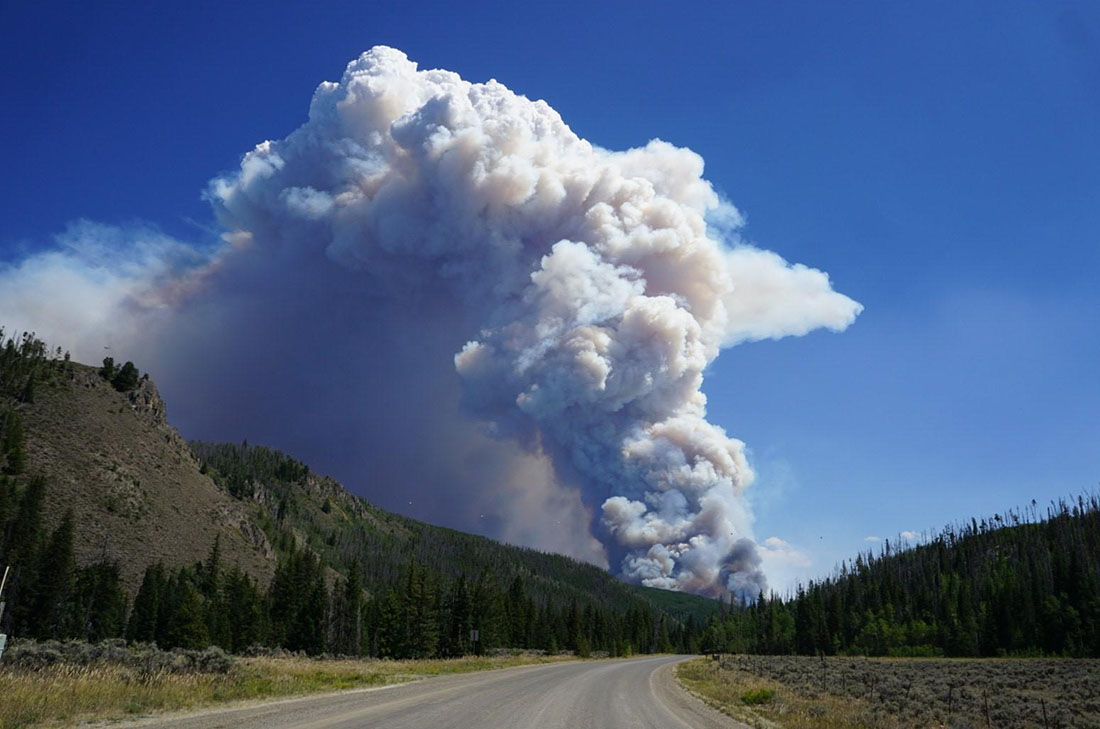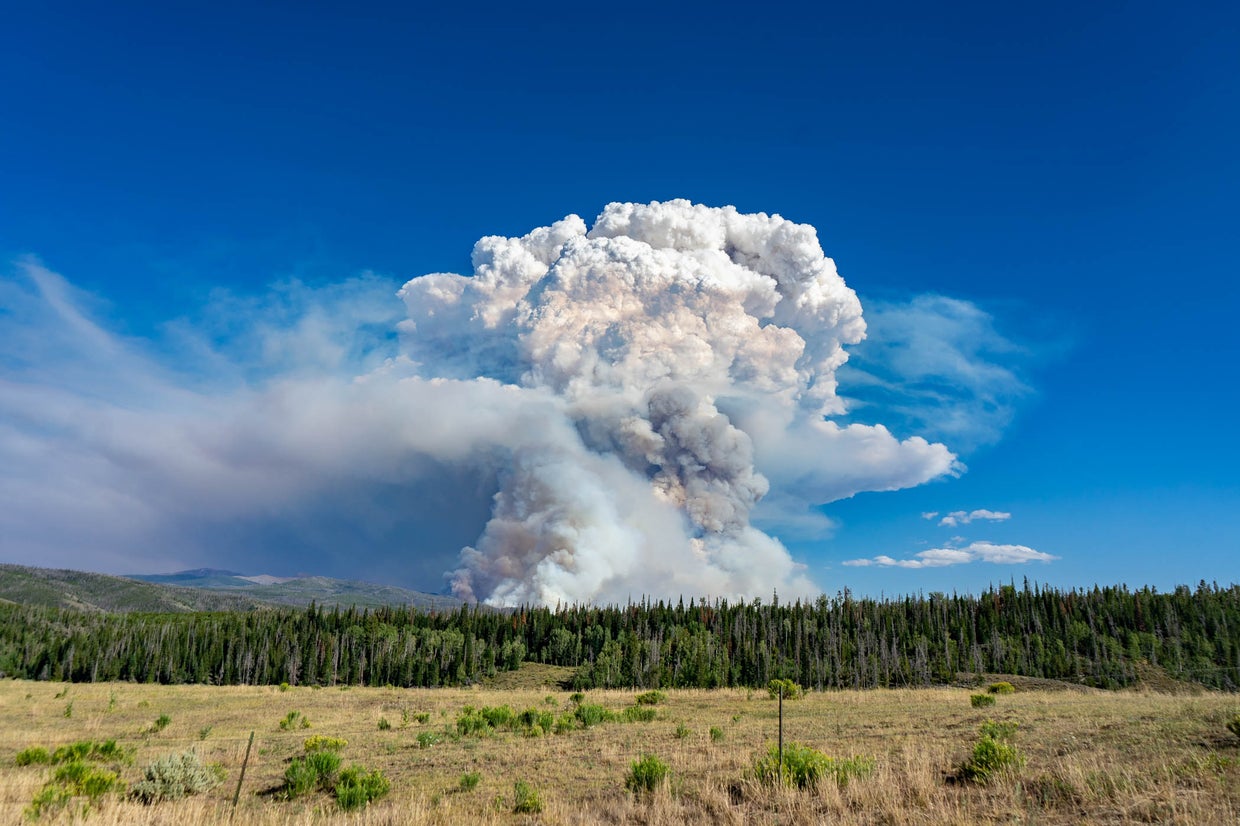

Also, areas that occasionally flood or have debris flows could see more frequent events, and areas that previously did not have stream flow or debris flows may now flood or have debris flows. The assessment also warns that areas that flood or had high debris flows pre-fire are likely to see larger magnitude events post-fire. With an estimated 53% of the affected area seeing high or moderate SBS, there will be an increased potential for erosion and flooding, especially in areas with high SBS, according to the assessment. Only 10% of the land included in the East Troublesome Fire’s perimeter was characterized as unburned.

Interestingly, 37% of the land suffered only low SBS damage, 48% sustained moderate SBS and 5% saw high SBS. This chart included in the East Troublesome Fire BAER assessment shows the distribution of land burned by ownership and severity. The smallest portion of the burned area - 832 acres - is state-owned. However, more than 19,600 acres of private property also burned in the fire, and another 17,858 acres of land administered by the Bureau of Land Management were affected. While the US Forest Service has created a SBS map for the entire fire outside Rocky Mountain National Park, the report notes that “a significant assessment workload of other critical Forest Service values remains and will be resumed in late spring 2021.”Īccording to the assessment, most of the land affected by the Troublesome fire falls under the jurisdiction of the National Forest Service with 132,916 acres of national forest burned.

Two teams from the Forest Service were required to complete the BAER assessment, and early season snowfall hampered their efforts and kept them from conducting a field survey in most of the burned area. 21 and raced east into the Rocky Mountain National Park, jumping over the Continental Divide and reaching the western edge of Estes Park on Oct. Its flames crossed Colorado Highway 125 on Oct. Like many wildfires this summer and fall, the Troublesome blaze was fueled by widespread drought, dead and beetle-killed trees, high winds and poor overnight humidity recovery. 14 in the Arapaho National Forest, the East Troublesome spread over 10,000 acres in three days and became the largest blaze in Grand County history when the blaze exploded from 18,550 to 187,964 acres from Oct. On the extreme end, a high SBS shows significant alterations to the soil with the complete consumption of littler and duff, a loss of root viability and changes that can lead to increased erosion and runoff.įirst reported Oct. At the same time, moderate SBS indicates that some soil properties have been affected with up to 80% of the duff and litter layer that absorbs precipitation like a sponge being consumed by flames. high soil burn severity with no soil structure or roots to help bind soil (bottom of shovel).Īreas of low and unburned SBS have minimal effects to the soil, and therefore little to no noticeable impacts post-fire. This photo shows a comparison of low soil burn severity with roots and structure (top of shovel) vs.


 0 kommentar(er)
0 kommentar(er)
